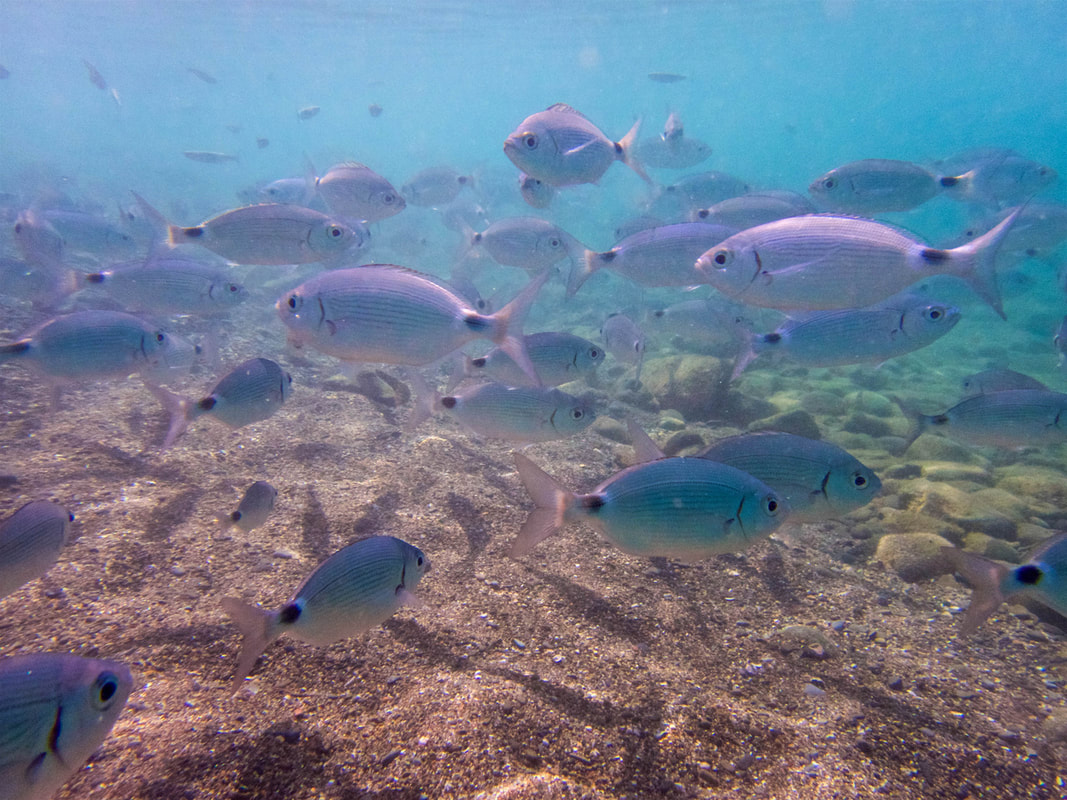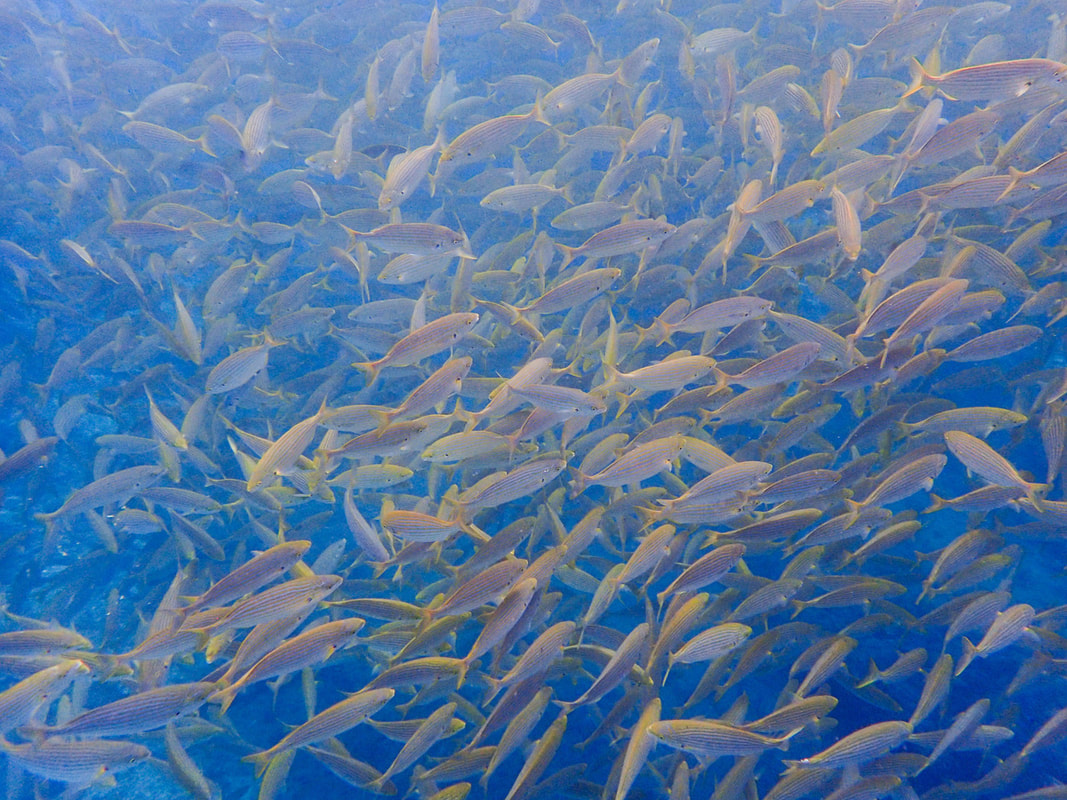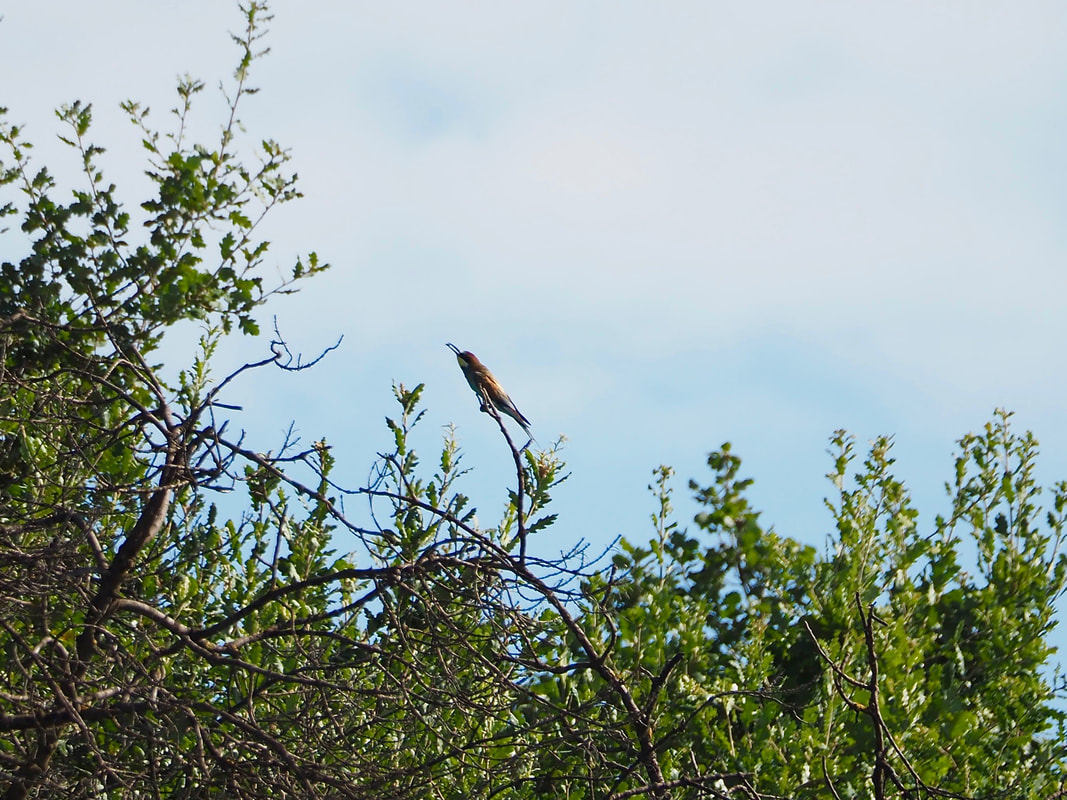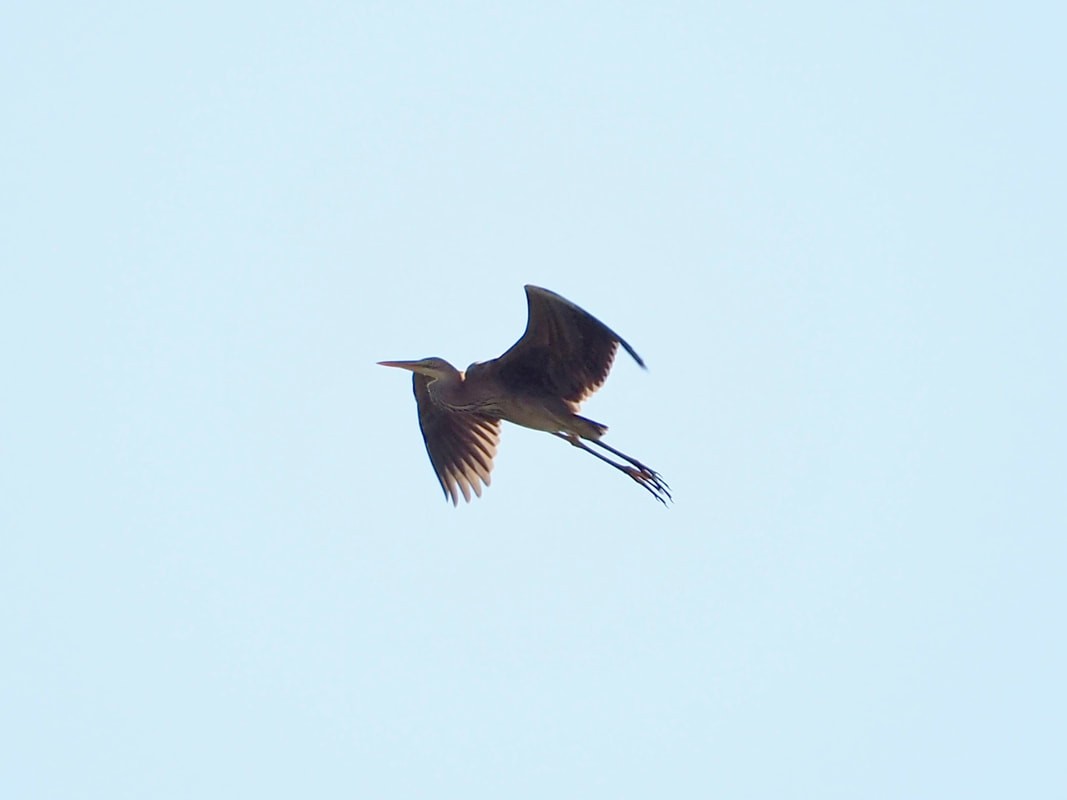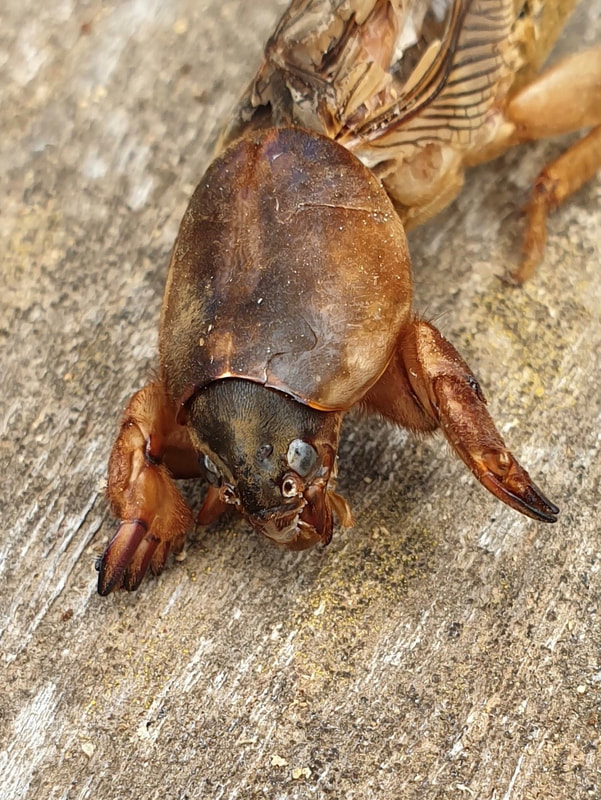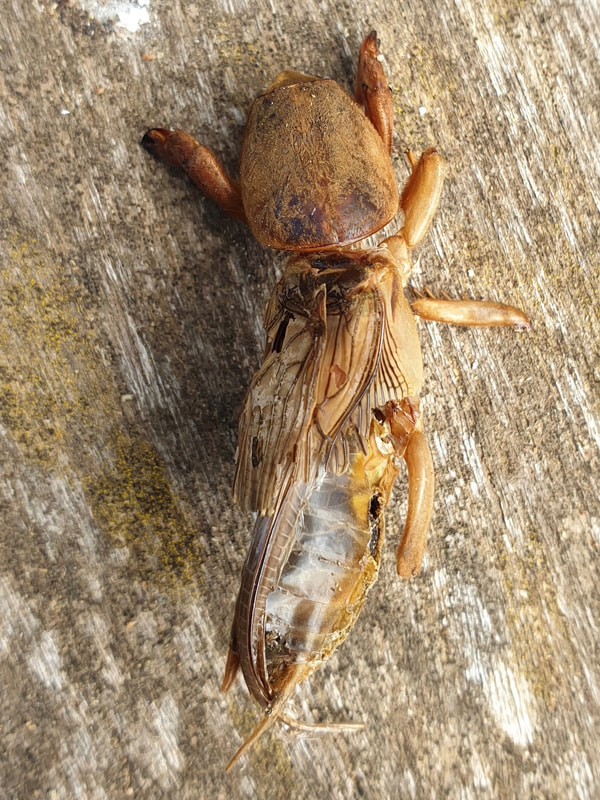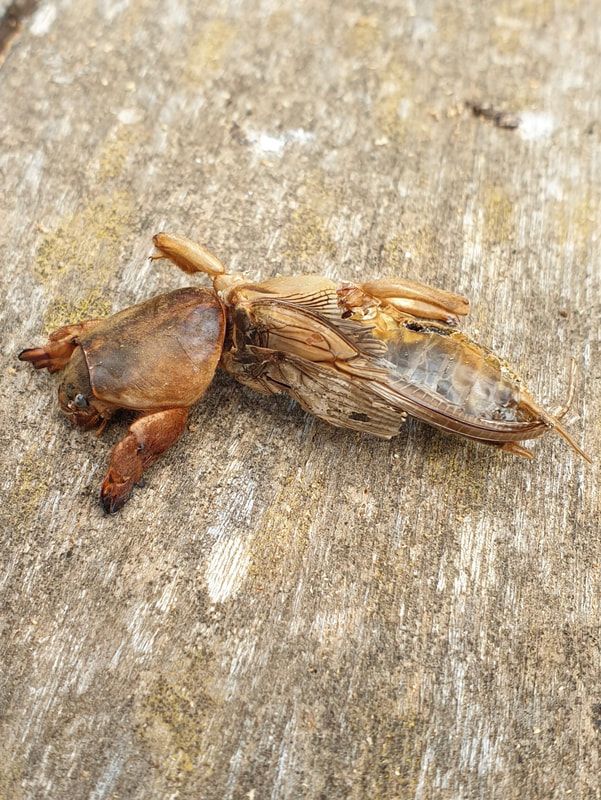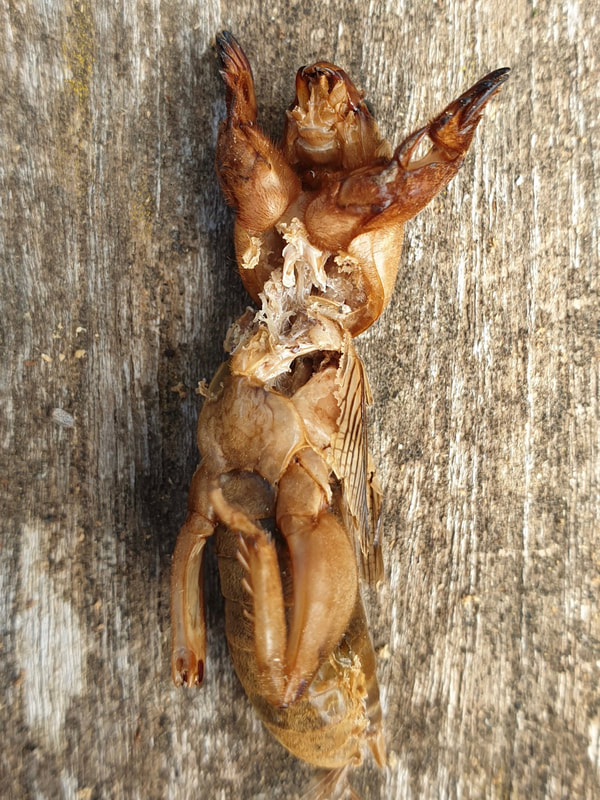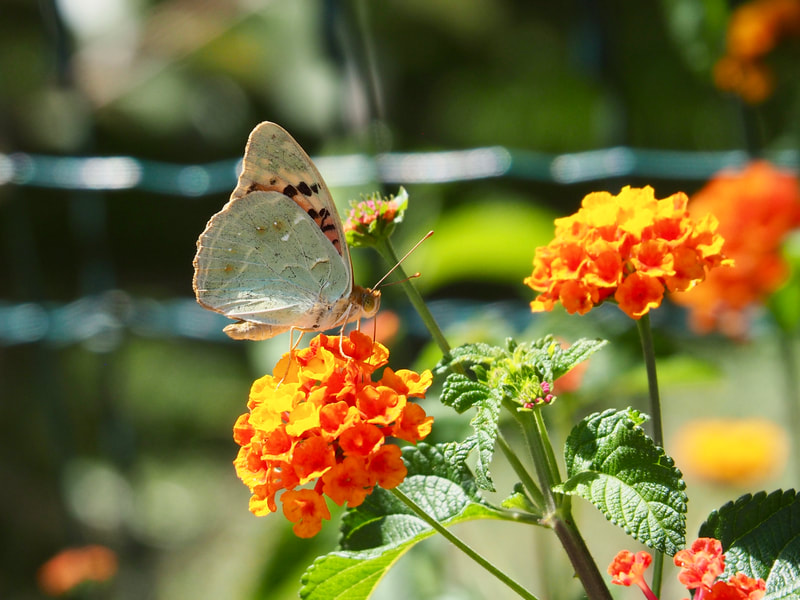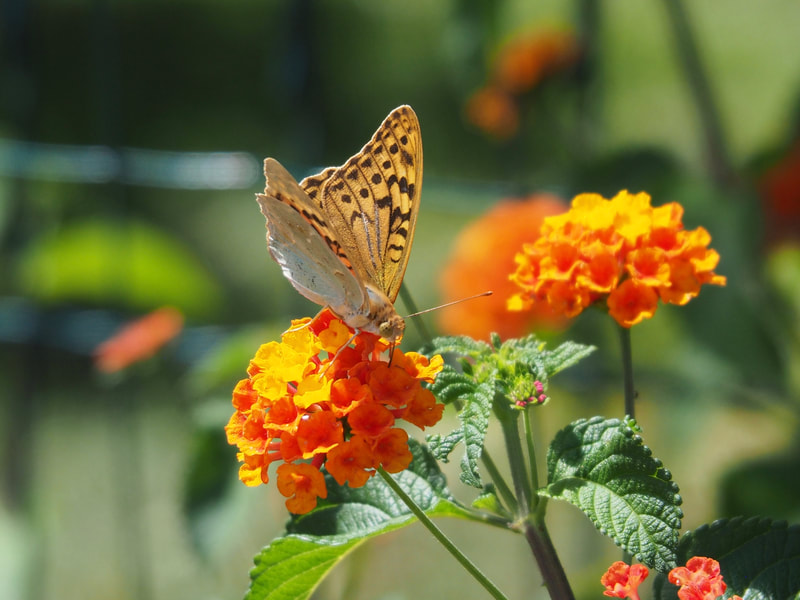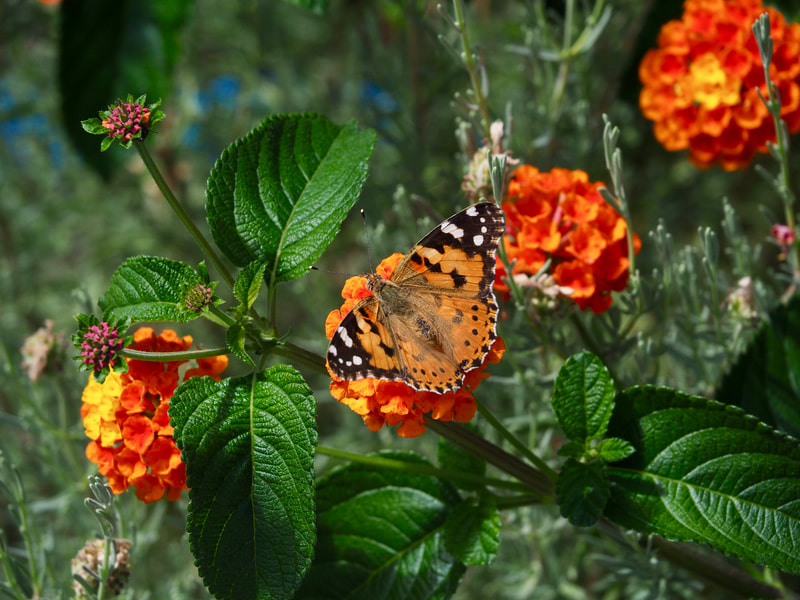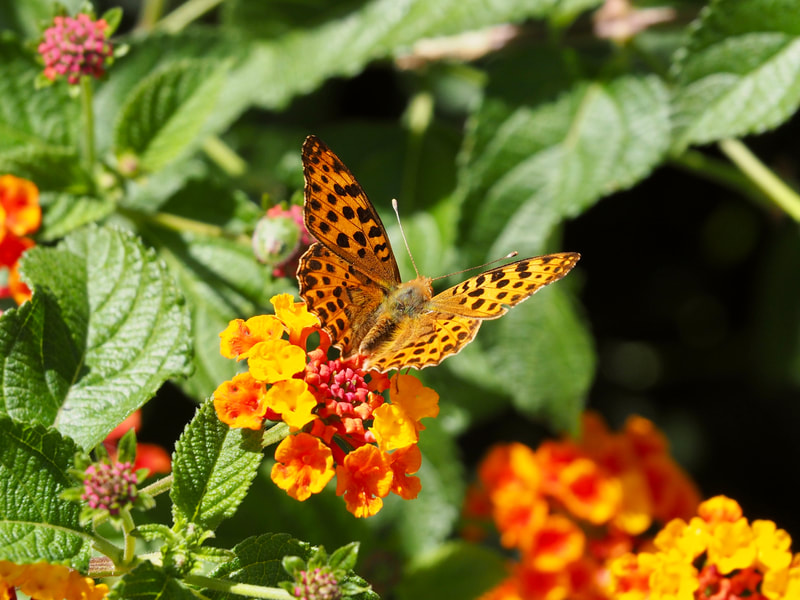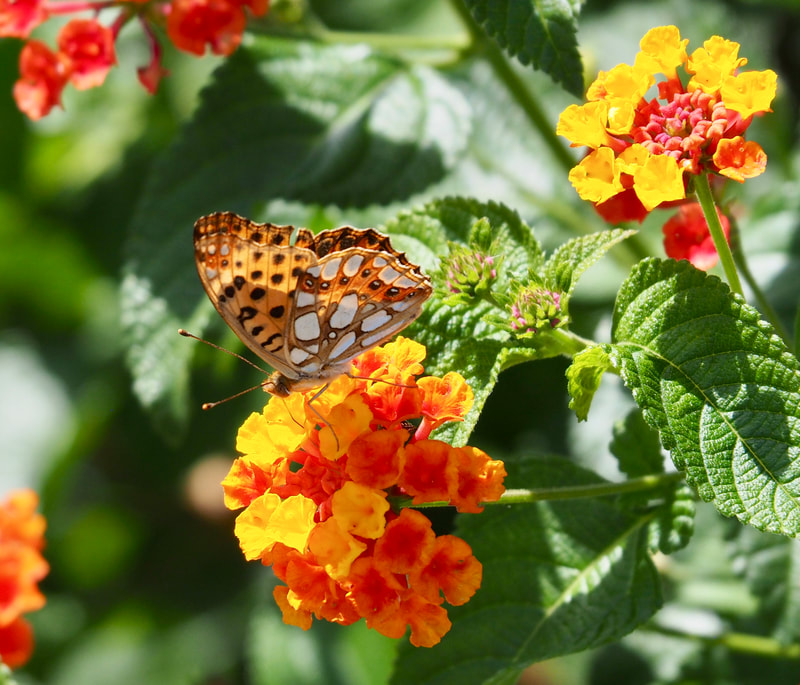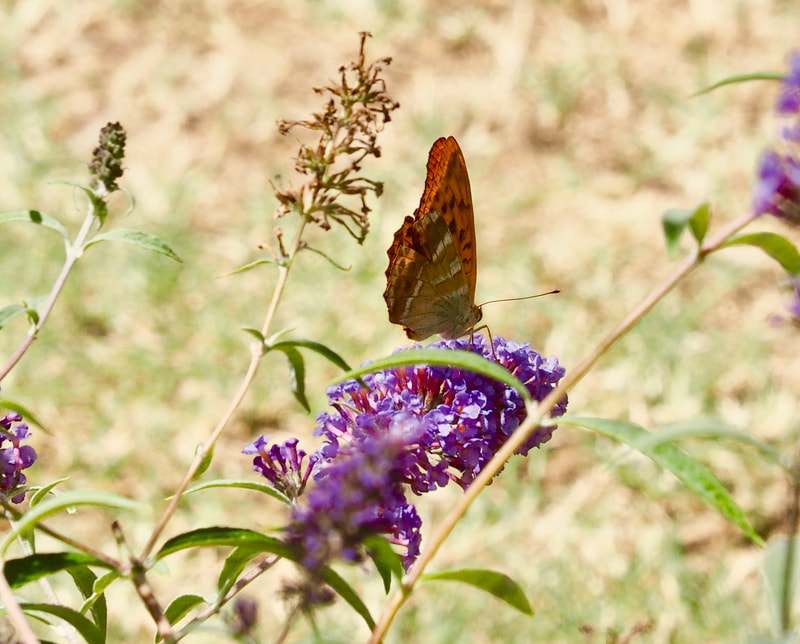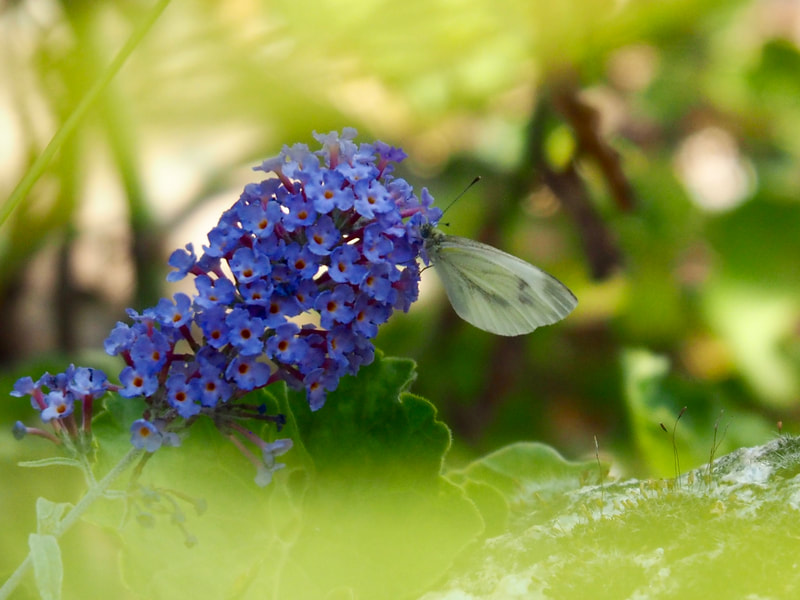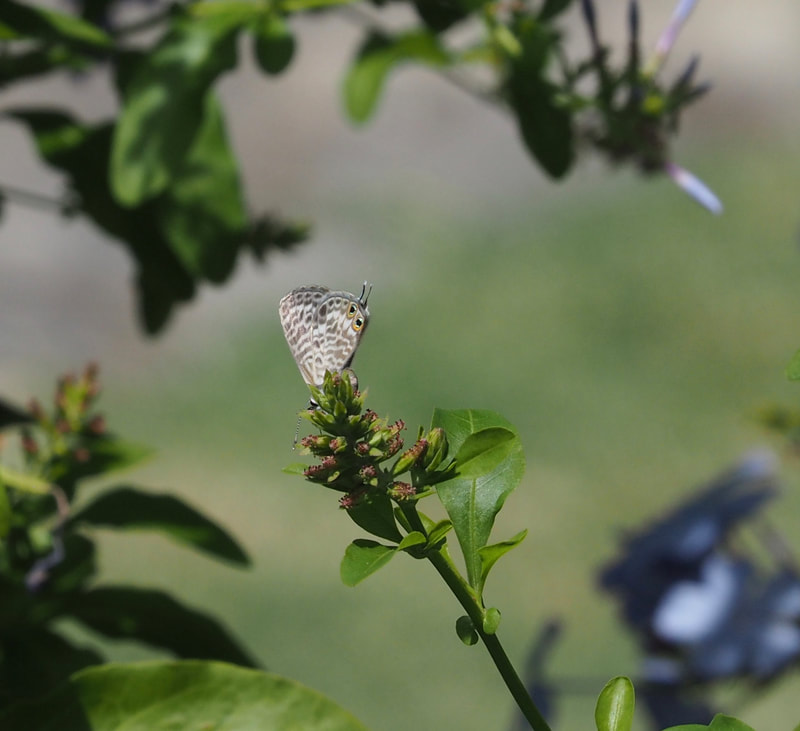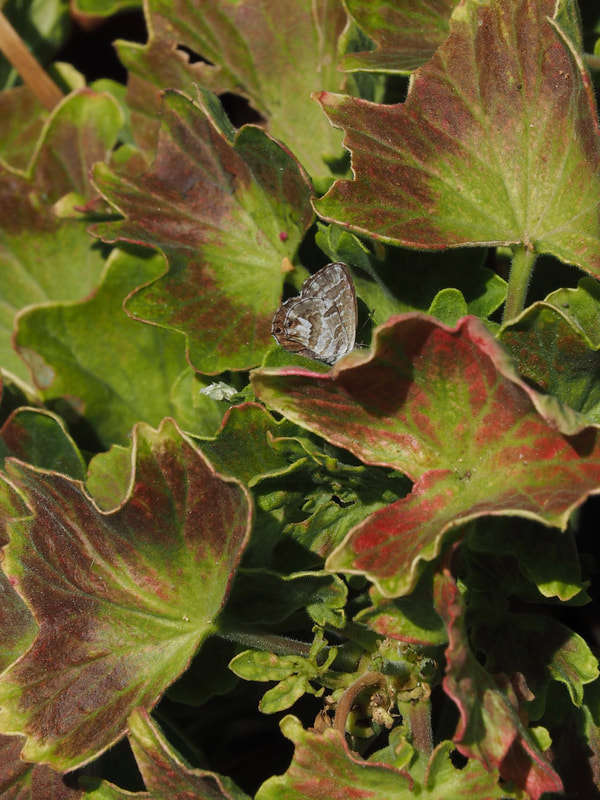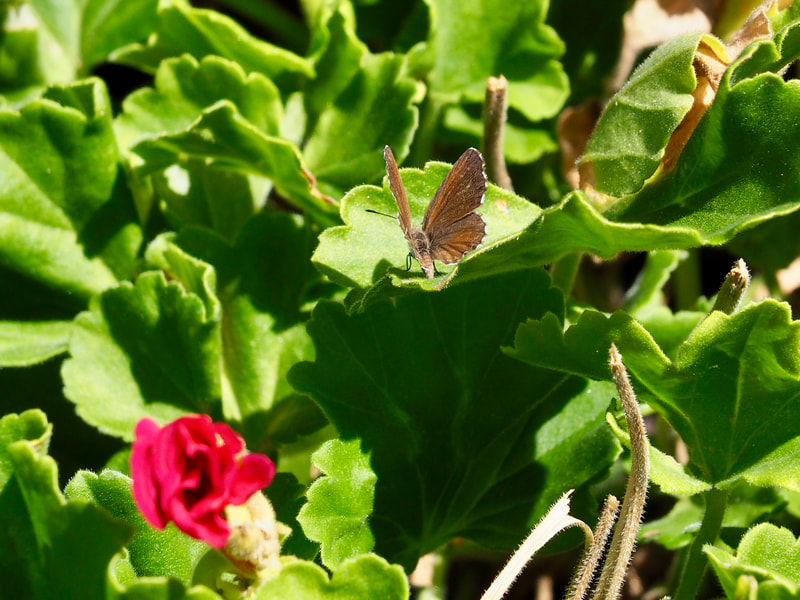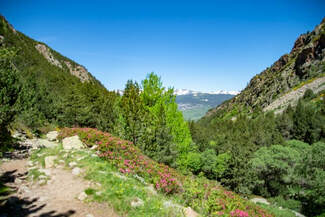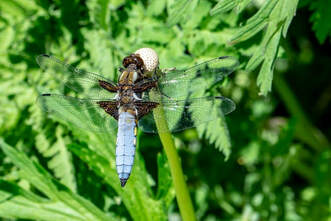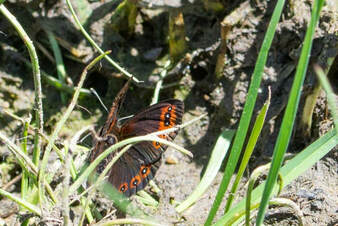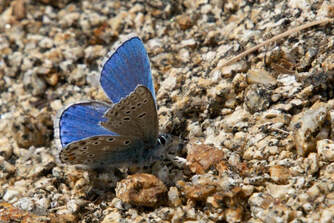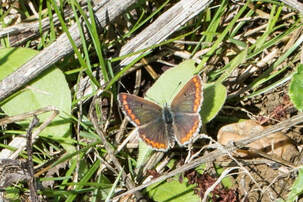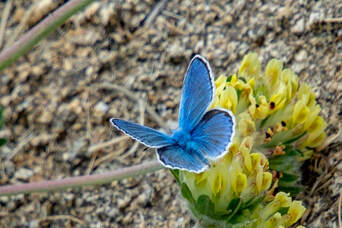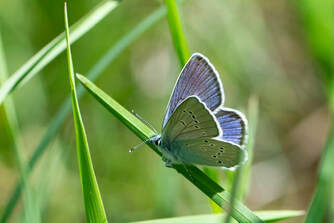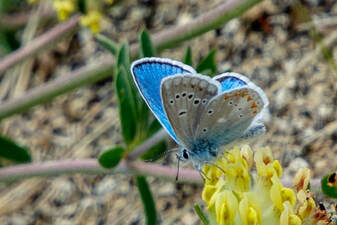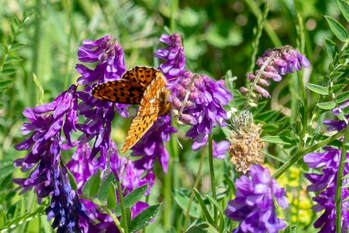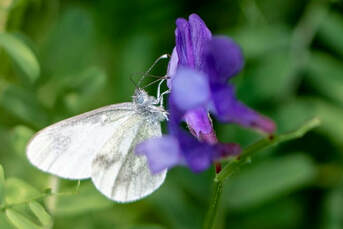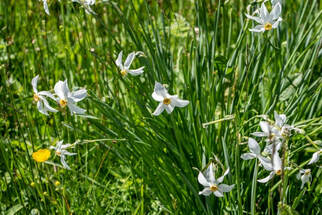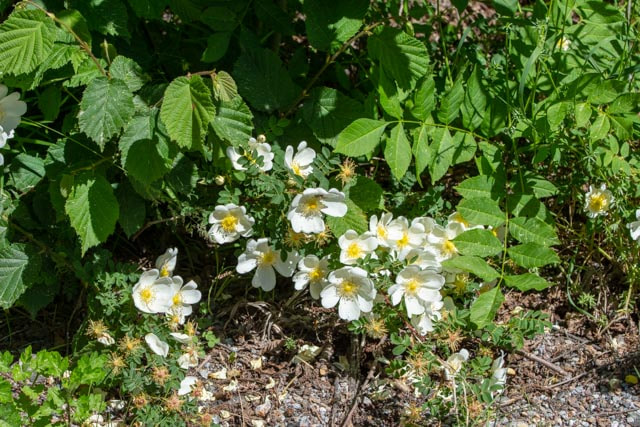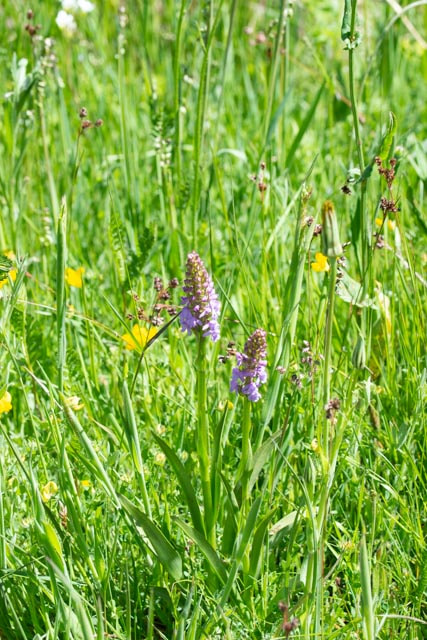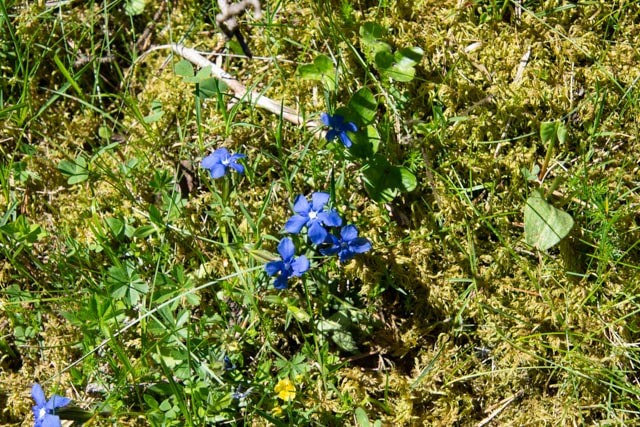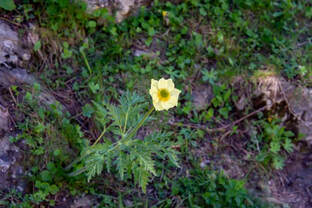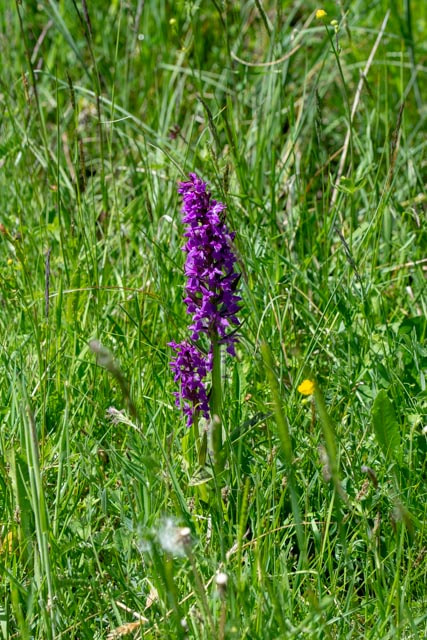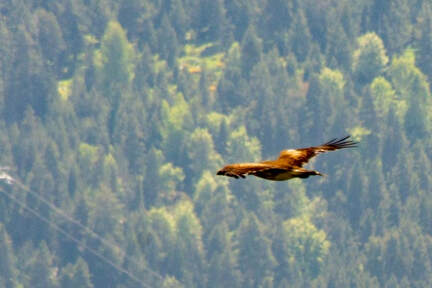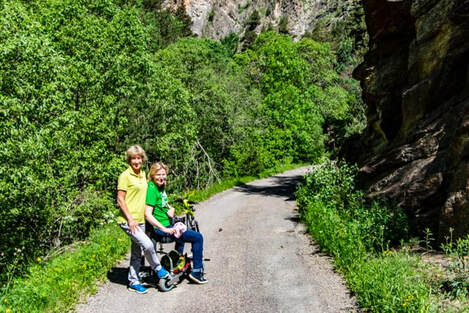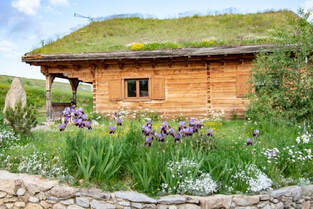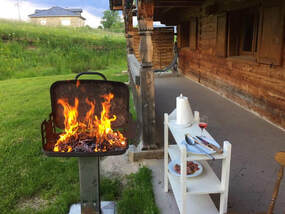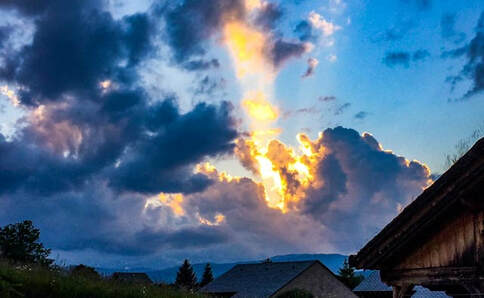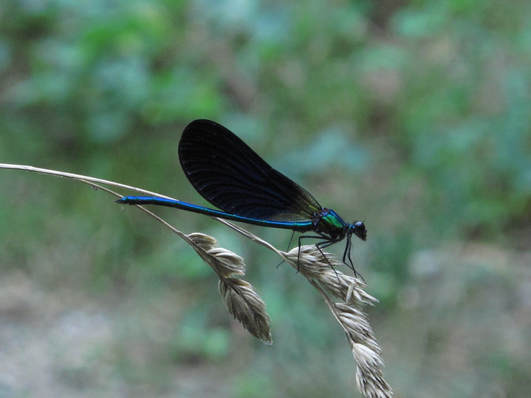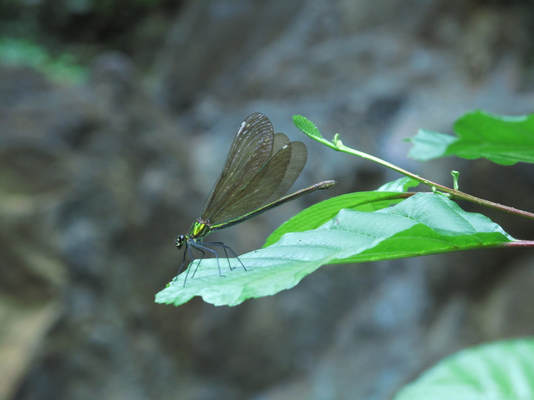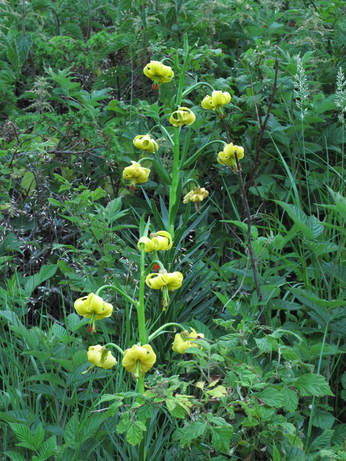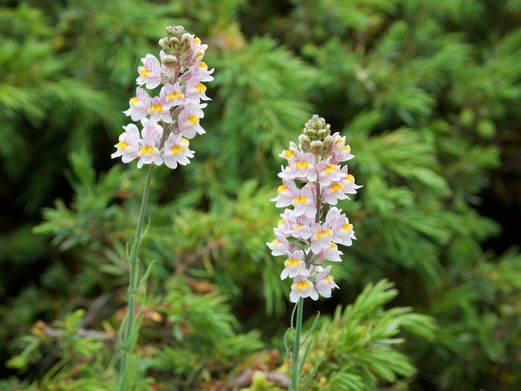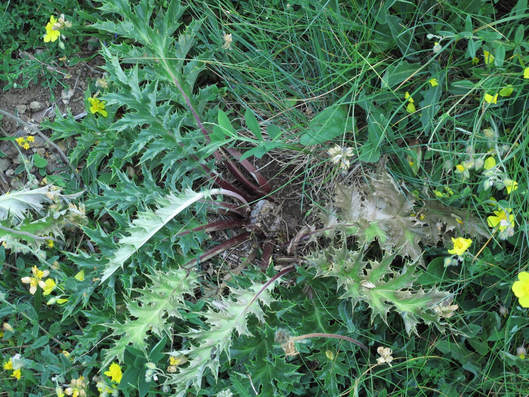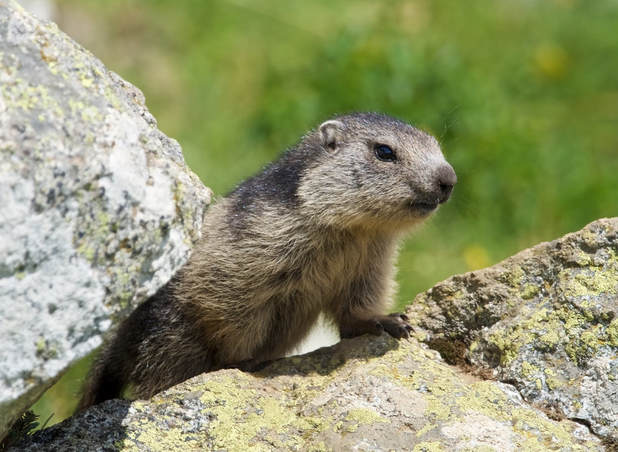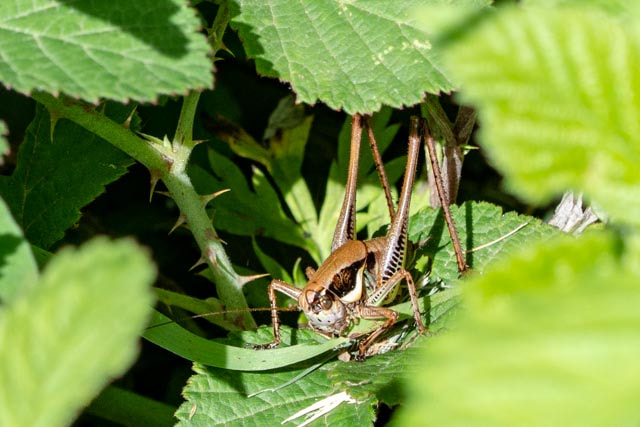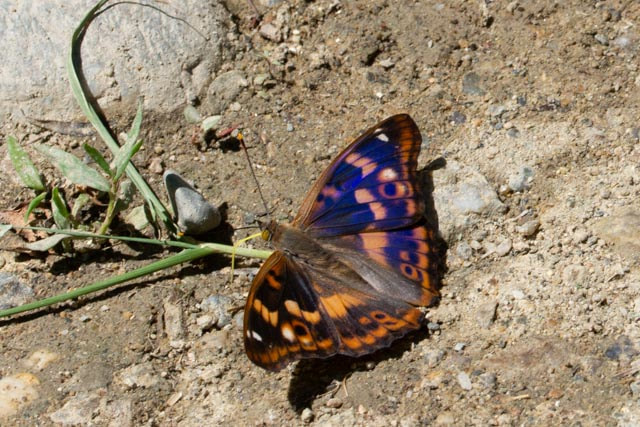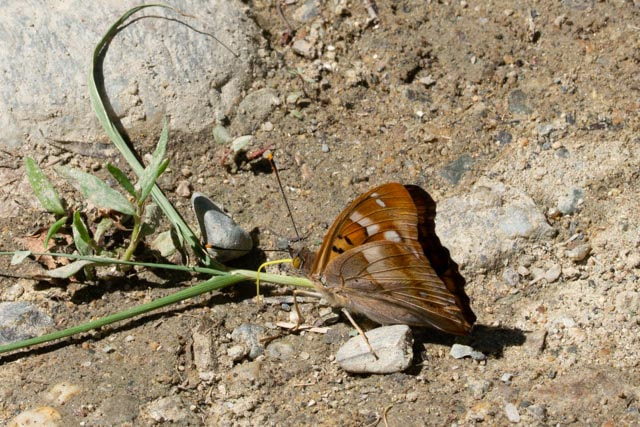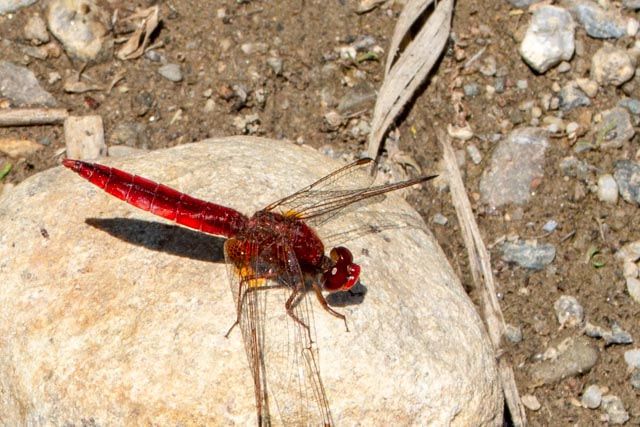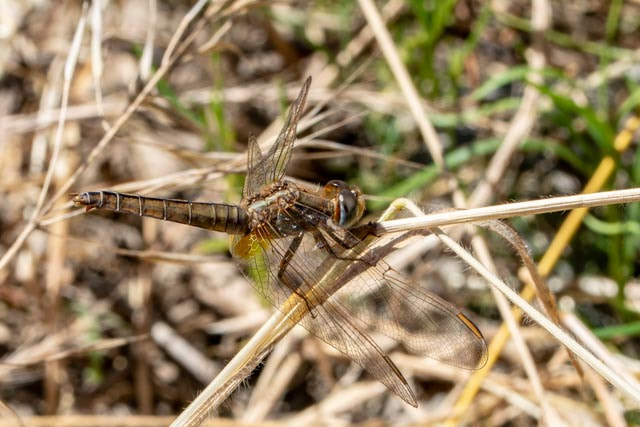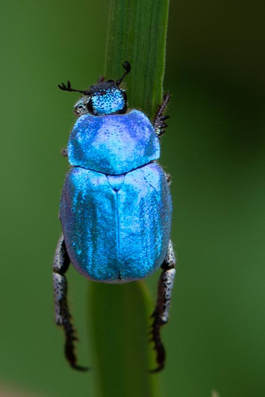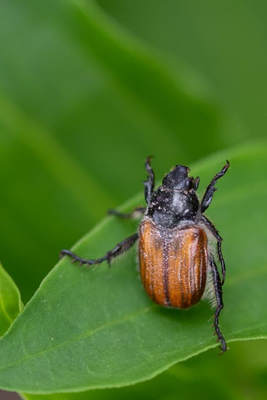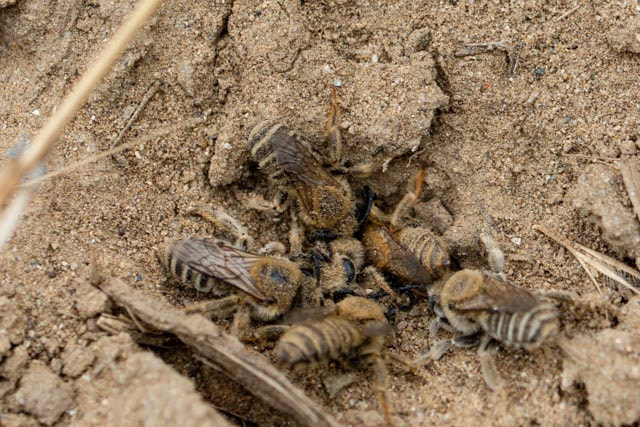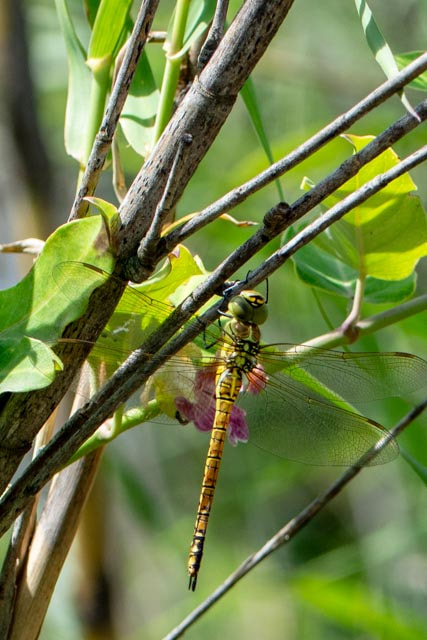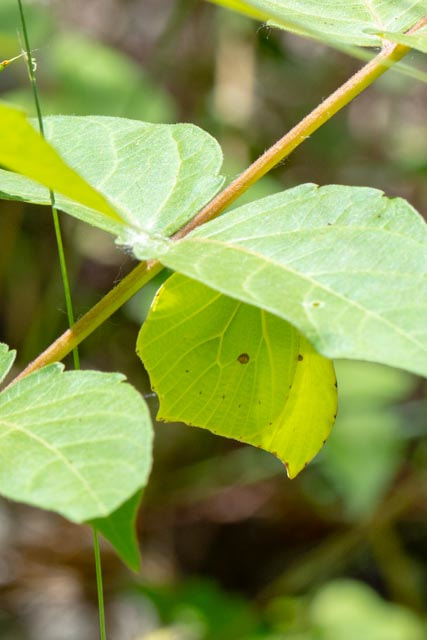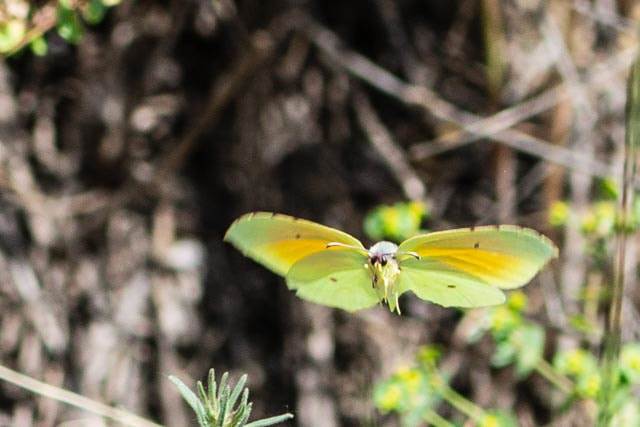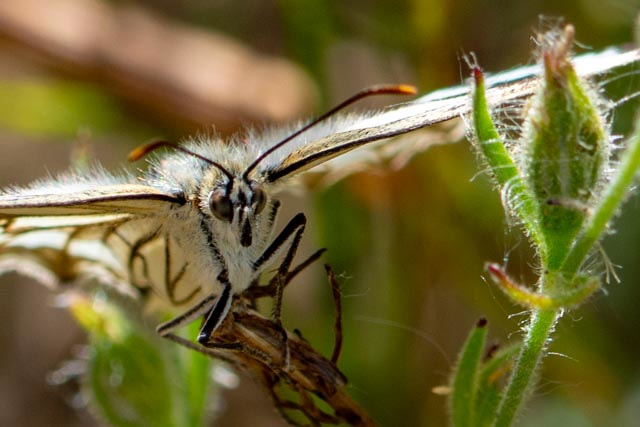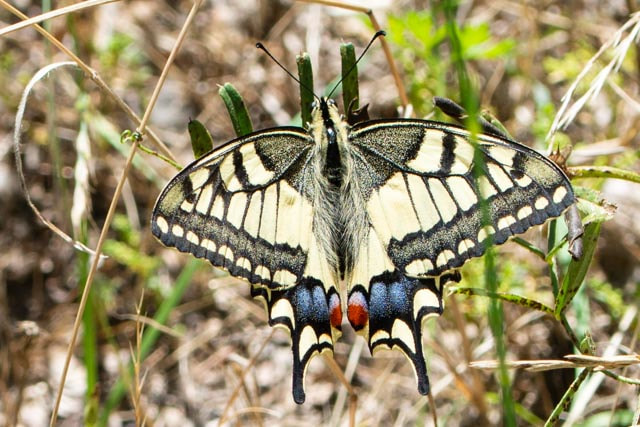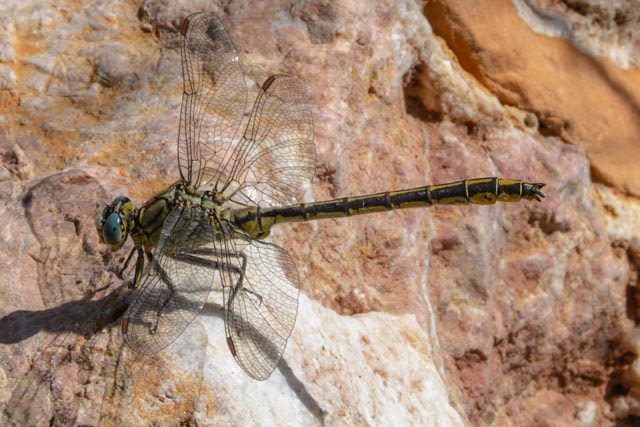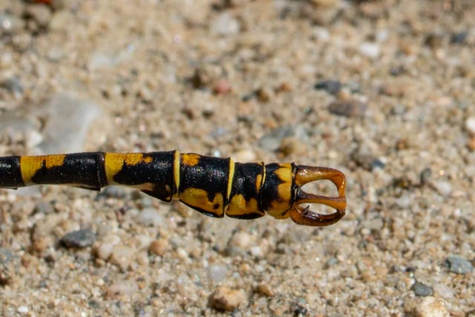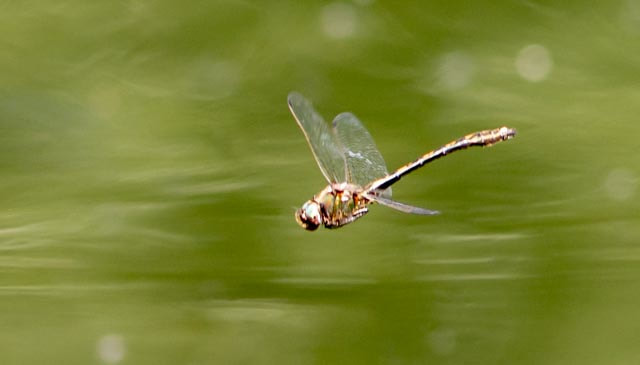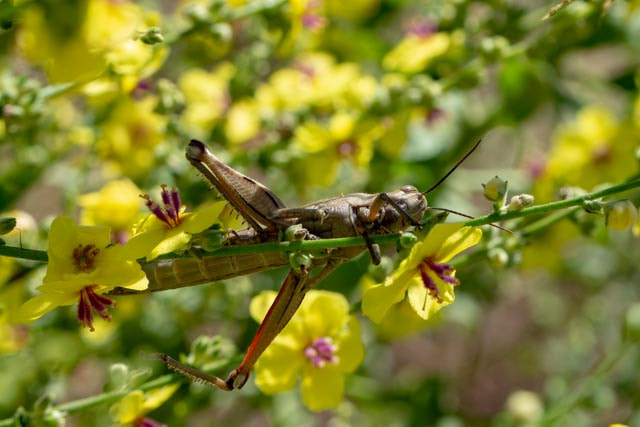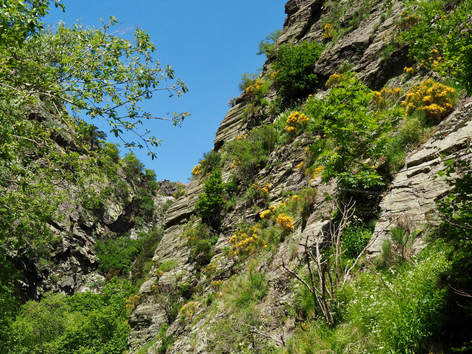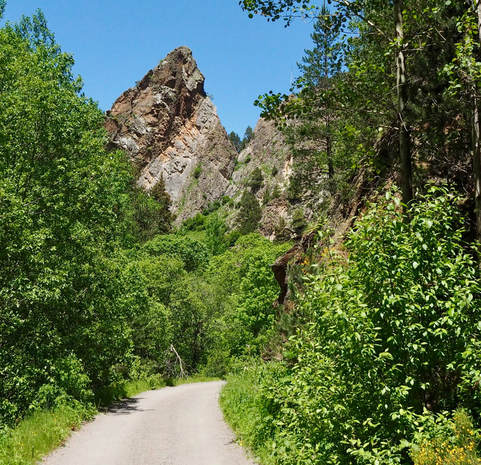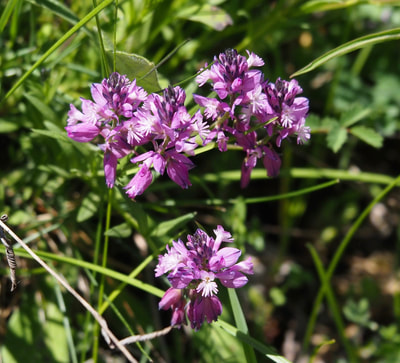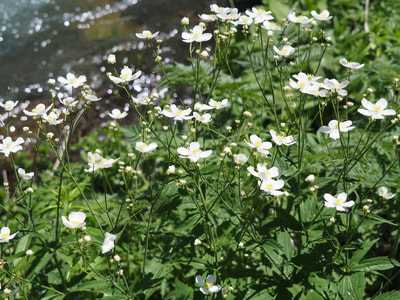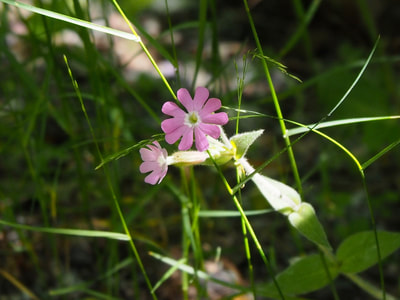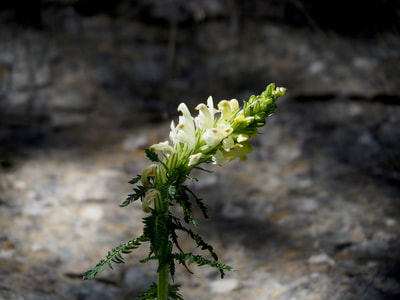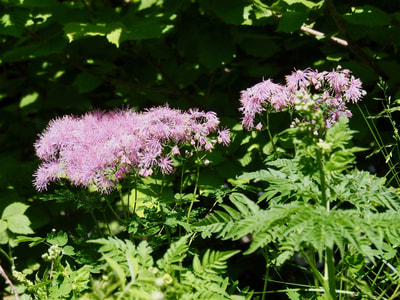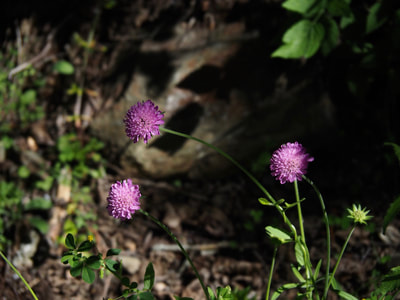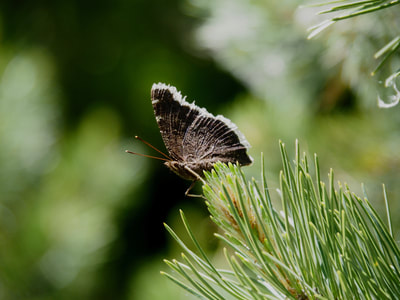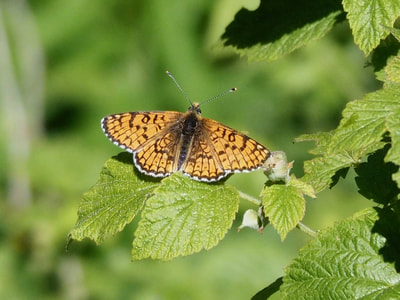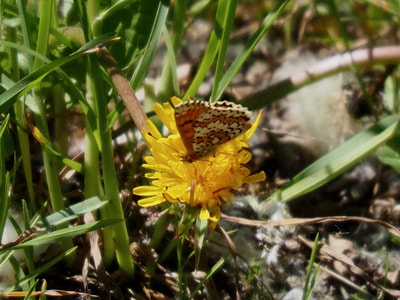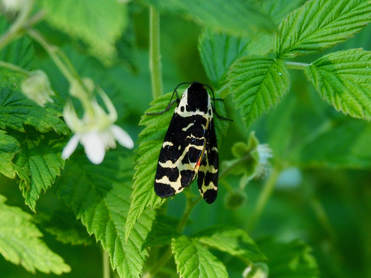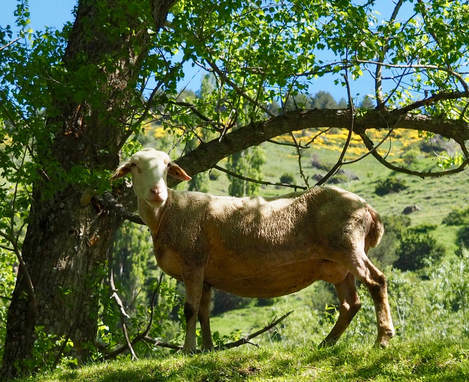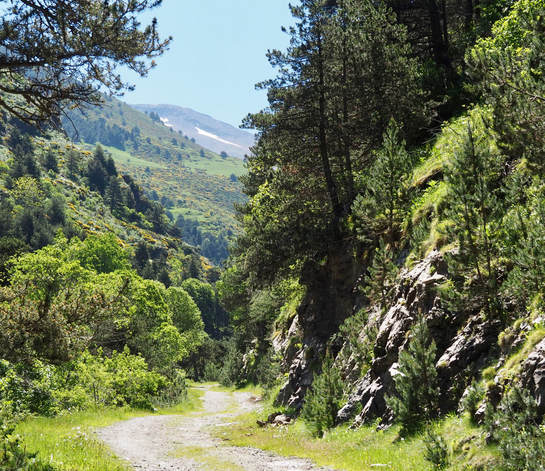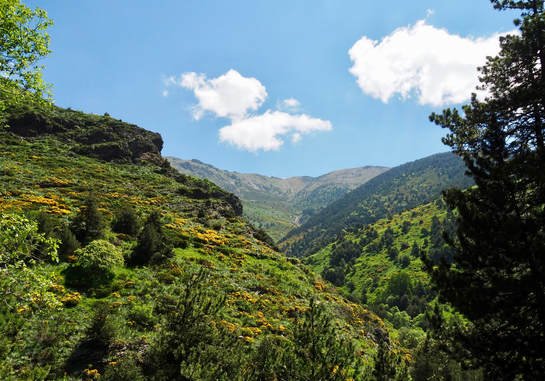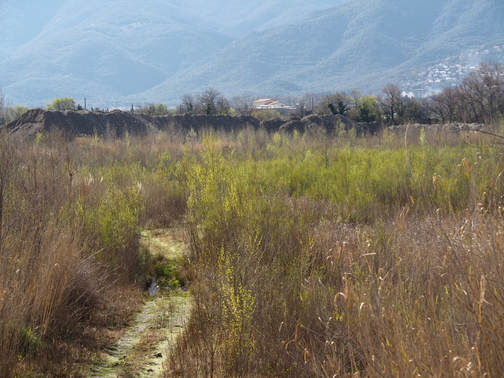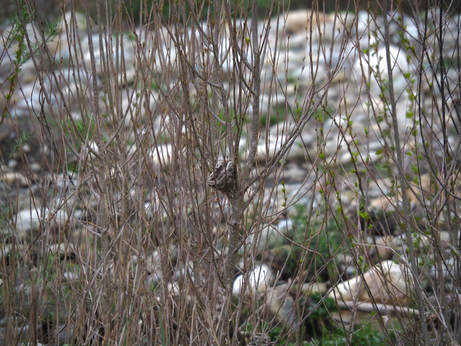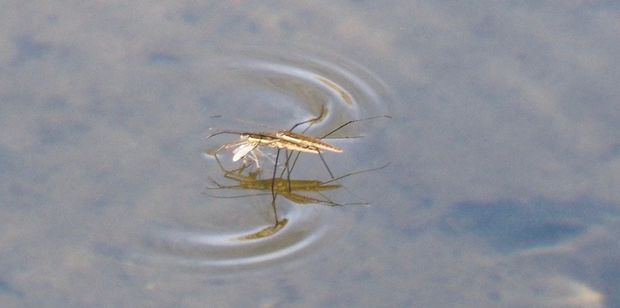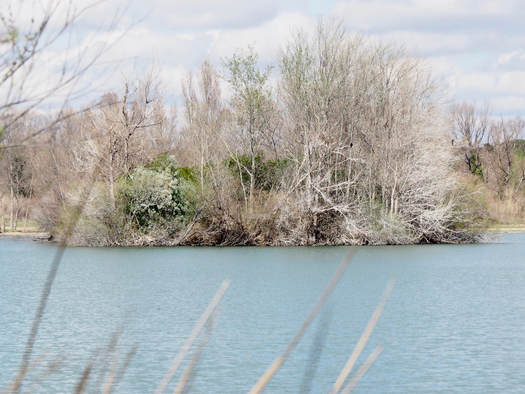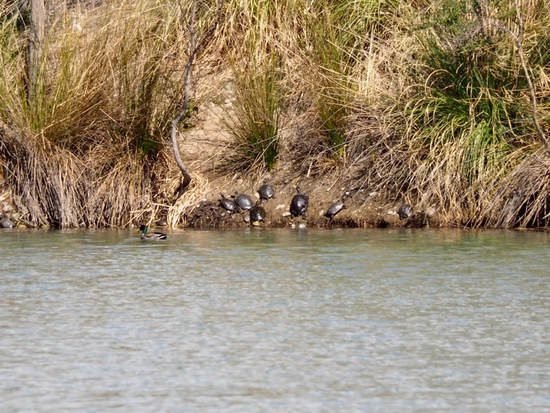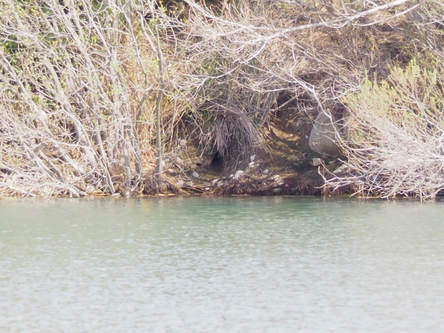It is two years since we spent a summer in PO, and it was, of course, a great joy to get back to familiar places and do the things that we always used to. A high priority, especially in the surprisingly hot, humid and mosquito-ridden month of September, was to get out to sea in the good boat Puffin. It was quite a windy month, which somewhat restricted our swimming in the more exposed locations, but almost everywhere we stopped (tied up or anchored) showed how life underwater had progressed in the last two years.
There are, quite simply, more fish than there used to be. One species, of which we are very fond, the saddled bream, is very friendly, and gathers under the hull pretty well as soon as Puffin is brought to a halt. They always appeared like this on the reef of the Marine Reserve off the cliffs south of Banyuls, but now we were finding them, in significant numbers, in new locations – bays where previously they did not appear. And, while September on the reef was always more busy with fish than June, this year Martine encountered the lovely salema in numbers which she had never experienced before, numbers which would not shame a glossy TV nature programme.
Despite the fact that individuals certainly do fish on the Reserve (and fishing boats seem to come rather close to it, too), there can be no doubt that the Marine Reserve is doing precisely what it is intended to do; fish populations are building up and spreading out to further locations.
The only new species we have to offer this year does not really arouse much enthusiasm – because it is a jelly-fish; one, apparently, called the ‘fried egg jelly-fish”. We saw three of them…
A totally different place, of which we are very fond, is the foothills of Canigou which we simply call ‘the Batère’. This upland was once mined for iron-ore, and there are some traces still of this activity, including some obvious quarry locations. The zigzag tracks which lead gently uphill were no doubt used to transport the ore but have now greened over and make for easy walking. We always used to access one of these tracks via a short, steep section of hill, which was mostly grazed meadow, full of wildflowers and wonderful for butterflies. The very first, short section of this route is even steeper, and involved pushing our way through a few bushes of broom and a little bracken. Two years on, it was a major battle to get through the explosion of new growth and, once we had, we found that our little ‘alp’ had hardly been grazed this year; the grass was long and lank, and there had been far fewer wildflowers. The worst was yet to com – at the top of the alp we used to work our way to a bend in the easy track; now it is a nightmare of broom, concealing tangles of bramble and hidden nettles, which was hell to struggle through…in shorts!
I have noted before that the grazed area of these foothills, so good for wildflowers and butterflies, is slowly being colonised from the nearby conifer woods, gradually losing its wonderful biodiversity. Here, in only two years, we have proof of this process; the cattle and ponies had not broken through to graze down our little alp and it is likely slowly to disappear altogether.
And a final note: September, as I said, was unusually humid, much, apparently to the delight of insects. That particular characteristic seems to have applied to much of the Southern France – as we drove north at the end of our stay, right up the country our windscreen was splattered with insects in a way we had not seen for decades. We certainly suffered from the hordes of mosquitoes; we can only hope that insect-eating birds had a bonanza before setting off on their migration south! We had watched huge groups of swallows and martins all through our stay in France – perhaps the humid weather had at least done them good.
